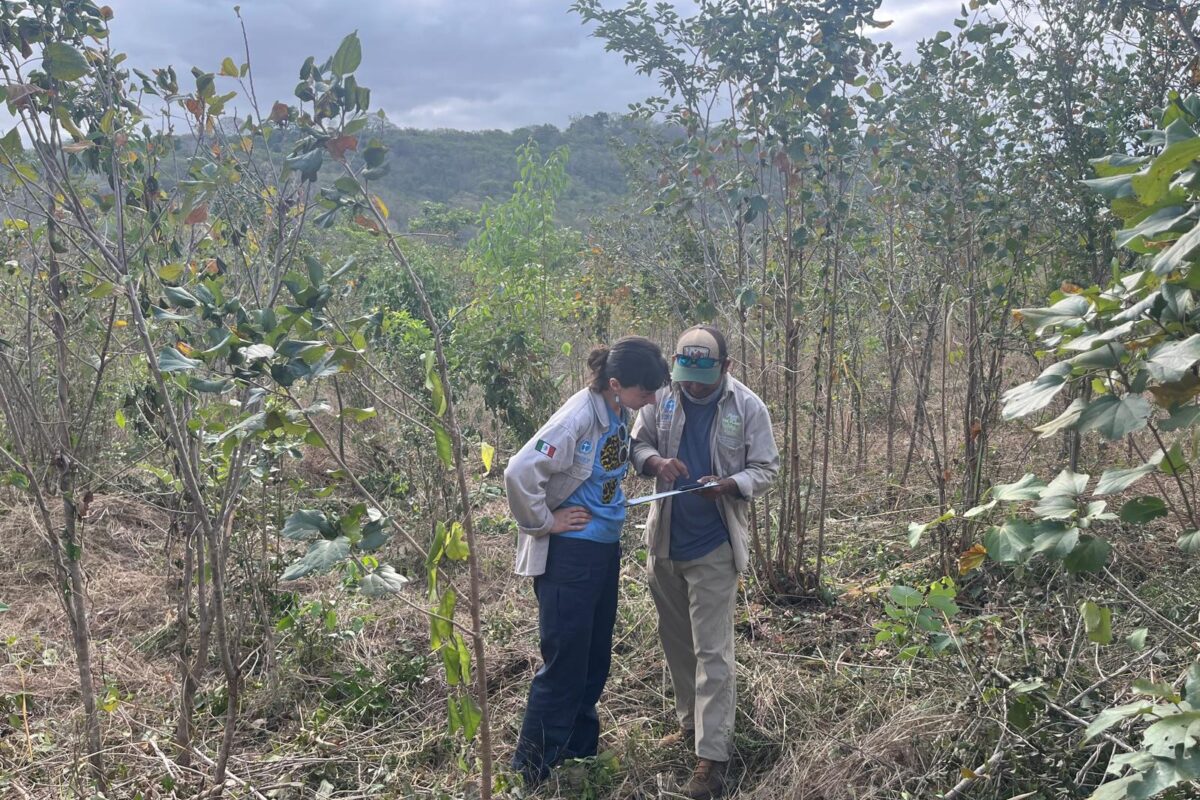In the tropical dry forests of Campeche, Mexico, a tree-planting outpost stands deserted, its future uncertain. Once a hub of reforestation activity, it was abandoned in 2023 after flooding and depleted soil made restoration too expensive. For the NGO behind it, Plant-for-the-Planet, it’s a symbol of overambition — a lesson in the complexities of turning good intentions into sustainable forests, Mongabay’s Max Radwin recently reported.
Founded in 2007 by a precocious 9-year-old German schoolboy, Felix Finkbeiner, Plant-for-the-Planet began as an awareness campaign. It quickly evolved into a sprawling nonprofit with global reach and lofty goals: to plant billions of trees and educate young “climate justice ambassadors.” Its largest project to date has taken root in Mexico, where nearly 15 million trees have been planted.
But survival — not planting — is the real test of restoration. In its early years, the group grappled with meager seedling survival rates, questionable species selection and limited ecological understanding. A 2020 exposé in DIE ZEIT accused the group of inflating planting numbers and glossing over failures. Though some claims were already being addressed internally, the scrutiny forced greater transparency. The group developed a tree-tracking app, TreeMapper, and began more rigorous monitoring, including biodiversity metrics and survival rates.
Still, challenges persist. Tree mortality from fires, increased costs and donor expectations focused on planting outputs strain the team. More recently, revelations about a proposed real estate investment in forested land near Tulum — led by Finkbeiner’s father and involving board members—sparked controversy. Critics saw the plan, however short-lived, as antithetical to the group’s mission. The German headquarters has since frozen funding and launched an internal review.
Yet on the ground in Campeche, researchers remain focused on their long-term goal: restoring functioning ecosystems. They’ve moved beyond counting trees, sourcing more diverse and locally adapted species and even installing audio sensors to track animal life as a measure of forest health. The team hopes to transform their work into a regional restoration research hub.
With projects underway in Ghana and Spain, Plant-for-the-Planet is no longer a scrappy youth campaign, but a maturing NGO navigating the messy reality of reforestation. Its future will depend less on how many trees it plants and more on whether it can evolve — scientifically, ethically and institutionally — into an organization that helps forests grow back for good.
Read the full story here.
Banner image:Researcher Anna Gee and GIS specialist Antony Zacarías Morales track tree growth in the TreeMapper app. Image by Max Radwin/Mongabay.

